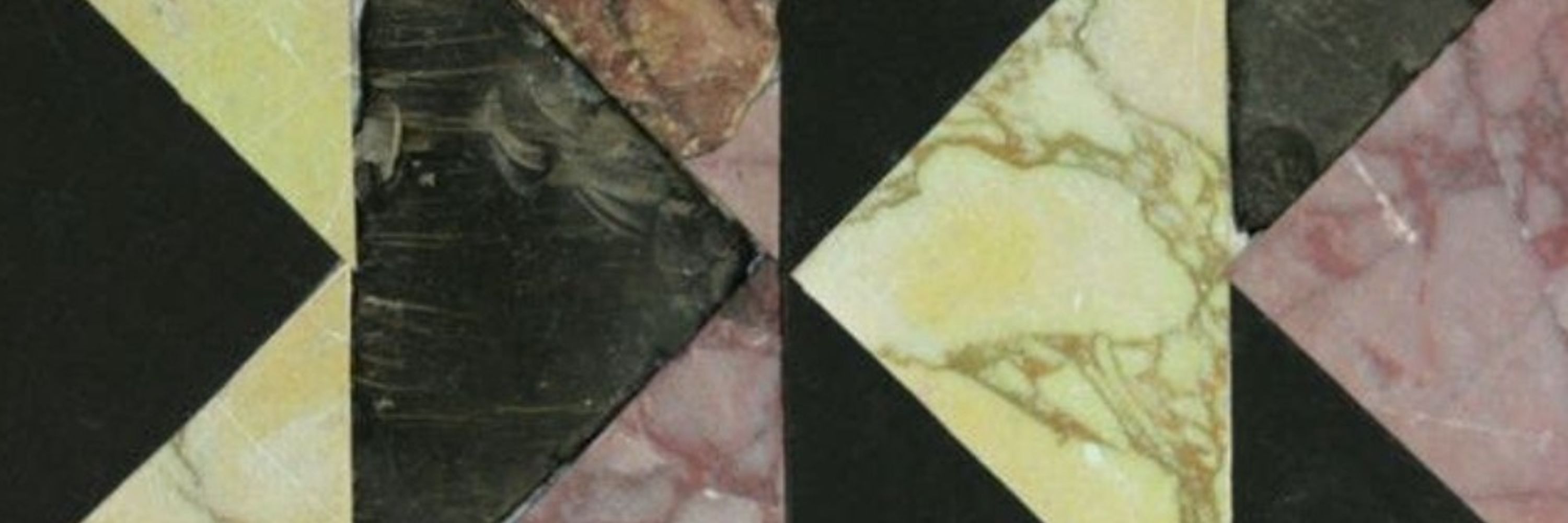Benjamin Suchard
@bnuyaminim.bsky.social
1.4K followers
460 following
3K posts
Hebrew Bible, Biblical Hebrew, Aramaic, Comparative Semitics. Blog: bnuyaminim.wordpress.com
Posts
Media
Videos
Starter Packs
Reposted by Benjamin Suchard
Reposted by Benjamin Suchard
Reposted by Benjamin Suchard
Reposted by Benjamin Suchard
Reposted by Benjamin Suchard
Reposted by Benjamin Suchard
Reposted by Benjamin Suchard
Reposted by Benjamin Suchard












